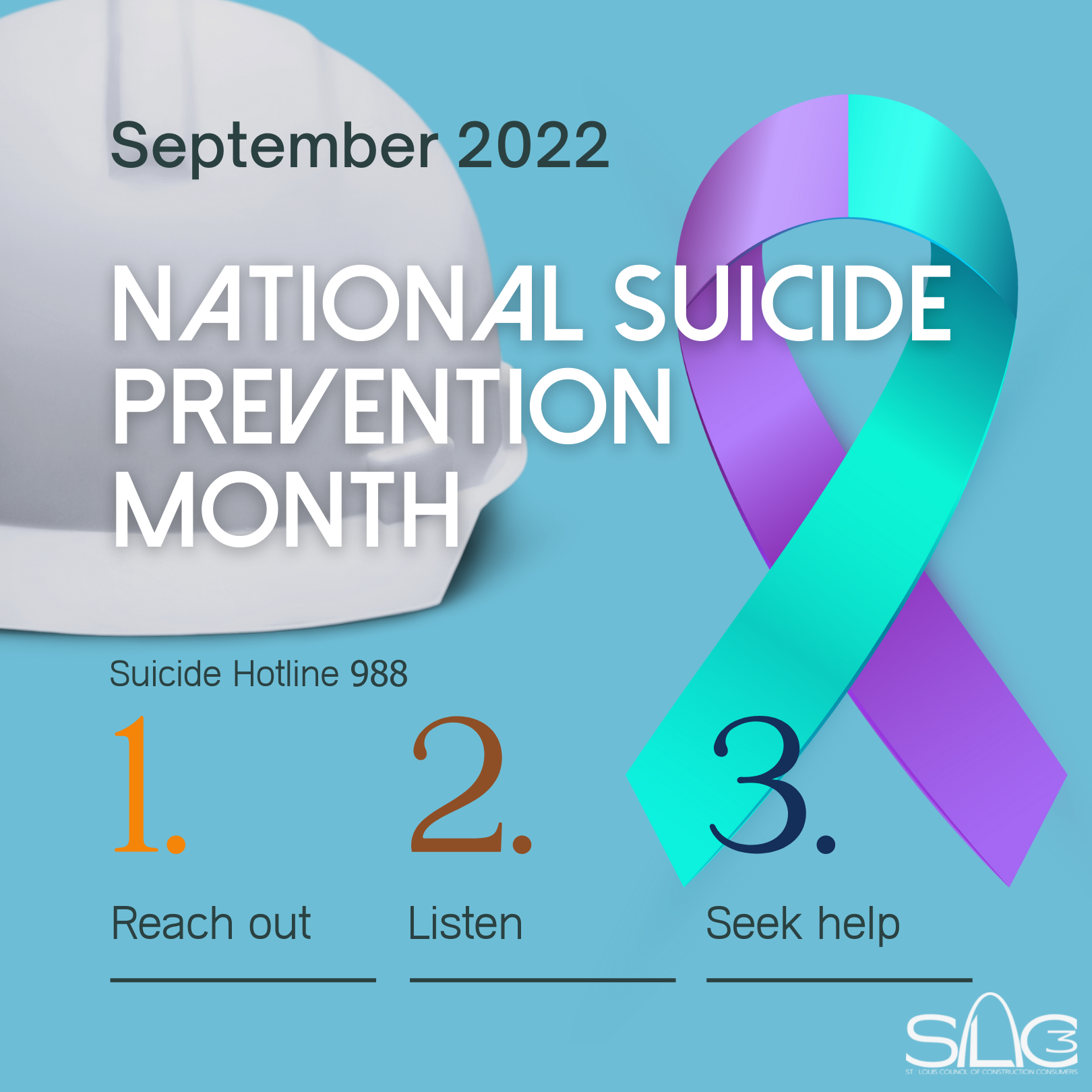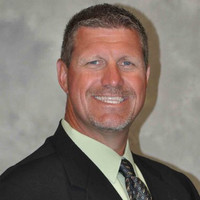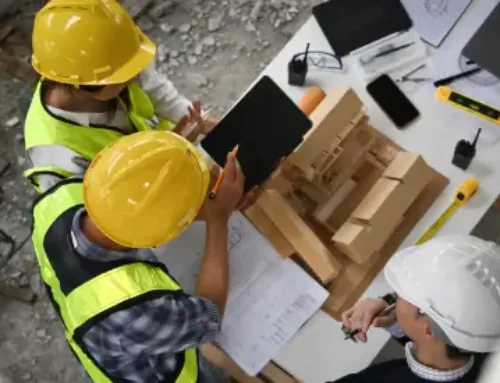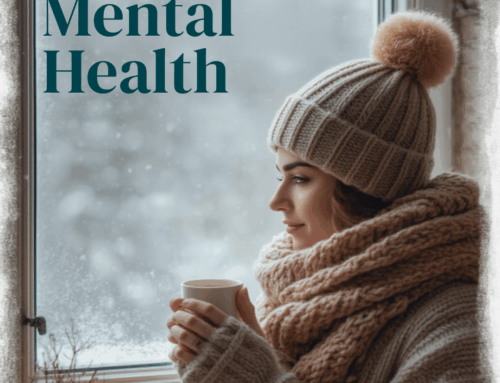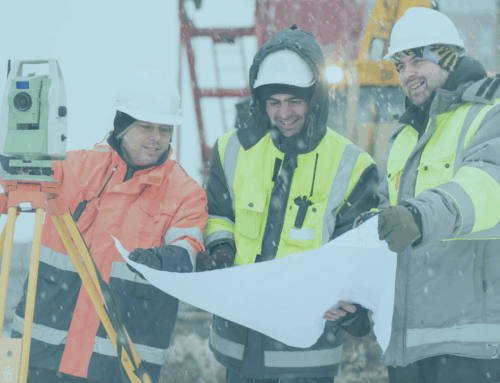September is Suicide Prevention Month which means many organizations and industries will place a special emphasis on mental wellbeing and suicide prevention. Suicide is a national crisis with roughly 46,000 deaths by suicide per year. That’s 1 death every 11 minutes in the United States.
The problem only grows when we look at those who have seriously considered suicide or have actually attempted suicide. For every suicide death there are 27 self-reported suicide attempts and 275 people that seriously considered suicide. In the US in 2020, there were 45,979 deaths by suicide, 12.2 million American adults thought about suicide, 3.2 million planned a suicide attempt, and 1.2 million attempted suicide.
The construction industry is hit exceptionally hard in this crisis. According to the Centers for Disease Control, construction has the 2nd highest suicide rate of all industries, at 53.2 suicides per 100,000 workers. That’s about four times greater than the national average (17.3/100,000) and five times greater than all other construction fatalities combined (10.1/100,000). In fact, suicide could top the list of OSHA’s Fatal Four Hazards, which unfortunately receive much more attention.
There are many factors that drive these numbers in construction and recognizing these is vital to understanding and addressing the problem. Construction has predominantly been a male dominated industry with a macho “tough guy “culture that sharing real feeling would be a sign of weakness. Construction work is very physically demanding, employees work long hours, travel, work odd shifts, often have isolating roles, and have unsteady or seasonal employment. These factors lead construction workers to having high rates of alcohol addiction, drug addiction (prescription drugs), high divorce rates, and high rates of depression.
As safety professionals in the construction industry, we focus daily on recognizing and mitigating hazards. We can tell you how to safely work at elevations and down in excavations, we can write safe work plans for hot work, confined spaces, and working with electricity. You name a task, and we can tell you how to control the hazards, but how do we put red tape or barricades around depression, anxiety, or potentially suicidal thoughts. This will take a new approach.
We can all agree this incredible hazard exists and it’s time we all start acting to put real mitigation steps in place. Thankfully, there are a host of resources available to help in this journey both locally and nationally. Locally the AGC of Missouri and its suicide prevention task force have developed a wealth or resources as part of their Pledge Of HOPE Campaign, (Hold On Pain Ends), that are available industry wide. The AGCMO has videos, Toolbox talks, Posters, Hope coins, and multiple training programs available at https://www.agcmo.org/. AGCMO has been a national leader in driving the development of resources and recognition of the problem in the construction industry.
Over the last Several years Murphy Company has added Mental Wellbeing to our Total Worker Health program. This goes well beyond the employee’s physical health and focuses on the employee’s physical, mental, and overall life health. Studies show that an employee’s happiness and total health result in a safer and more engaged employee. Murphy Cares is focused on caring about a worker 24 hours a day, not 8 hours a day.
In 2018 and 2019 we dedicated a week to Mental Wellbeing with site stand downs. In 2020 and 2021, we increased this to a full month focused on mental wellbeing and suicide prevention. Although this was a great start and well received, it was not near enough. We wanted to focus on mental wellbeing throughout the year and not just for a week or month. Murphy has a Life Saving Commitments Calendar that focuses on specific hazards each month. For 2022 we added a Mental Health topic each month and spend 1 week a month with talks dedicated to various mental health topics and in September we spend the entire month dedicated to Mental Wellbeing. This continued focus allows mental wellbeing to a part of the normal conversation and helps take the stigma away from the topic.
An effective mental health campaign will educate workers to recognize the signs and causes of stress and can help to legitimize feelings of stress and anxiety early on before they turn to depression and suicidal thoughts. The key is to create an open sharing environment where people feel empowered to talk and are not afraid to ask for help.

In line with national Suicide Prevention month in September our full focus is on Mental Wellbeing and Suicide Prevention. We hold stand downs throughout the month on all job sites and offices with a variety of topics and speakers. This year every employee will get a new Murphy Cares tee shirt or Yeti mug with the Hope Campaign logo and new National 988 Suicide Lifeline.
The final piece is to assure employees know where to turn for help by sharing resources like Employee assistance programs, website suicidepreventionlifeline.org, suicide text line 741741, suicide lifeline 1-800-273-8255, or new Suicide 988 lifeline.
This information just scratches the surface of the steps to develop and implement an effective mental wellbeing program. Theodore Roosevelt said “In any moment of decision, the best thing you can do is the right thing, the next best thing is the wrong thing, and the worst thing you can do is nothing.”
For far too long we as an industry have done nothing. Take the first step to developing a program and there is no wrong step, as everything helps. Building an effective program and changing the culture in the field doesn’t happen overnight but it can happen. You’ll be shocked at how open most workers are and what it means for them to hear someone validate their feelings, pain and issues.
Please reach out to me:
Ricky Reams
Vice President Safety and Quality | Murphy Company
1233 North Price Rd | St Louis MO | 63132
Cell: 618-670-6589 | Main:
Email: rreams@murphynet.com | www.murphynet.com
Follow us: Facebook | Twitter | LinkedIn | Instagram

